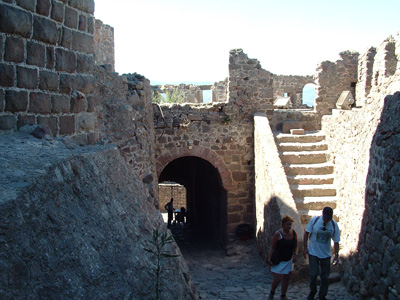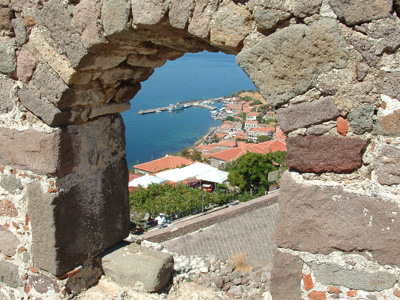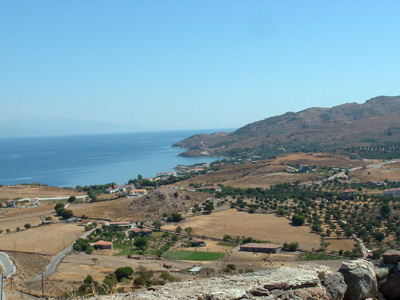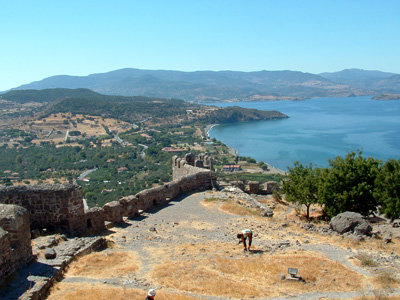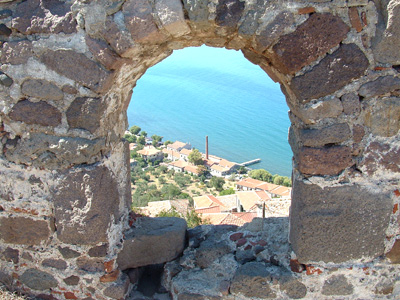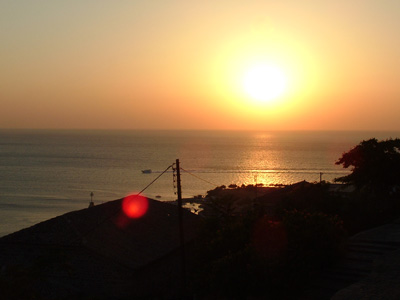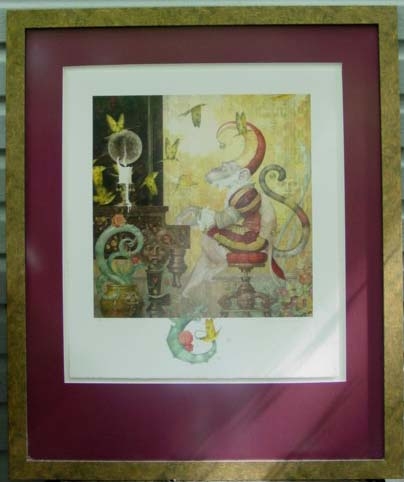I’m on BART (Bay Area Rapid Transit) right now riding to San Francisco. I’m listening to Snow Patrol, but it can’t keep the rumble of the train out of my head. I feel like I’m listening to the soundtrack of my life. I know that people who commute every day must miss the movie show that passes in front of them outside these dirty windows. Couldn’t CALTRANS come up with a really long trainwash tunnel that the trains could run through every morning and/or night? Citizens deserve clean windows in order to see the green hills and red and yellow liquid amber trees that stream past like a fiesta.
I almost didn’t leave the house today. I had to convince myself to get outside. I haven’t been out by myself on a solitary adventure in such a long time that I feel a little out of practice. There’s a slight butterflies in the stomach effect going on. That’s excitement for what lies ahead. I have to remind myself that we all should remember how to be happy alone.
After shoving myself into the car, the next hurdle was buying my train ticket. Figuring out how to use the latest ticket machine at the BART station could have been an all day ordeal, but the kindly station man, in his tan trenchcoat and black beret, stepped right in to assist, making my life so much easier.
I’m just coming out of the Caldecott tunnel and into the light of Berkeley. How lucky I am to live in the Bay Area. I know there are lots of other wonderful places to live — San Diego; Portland, Oregon; or Barcelona, Spain; or Prague, Czech Republic. But since I don’t live in any of those places I’m glad that I live here. We citizens deserve to live in a place that we can say wholeheartedly “I love this place.” And clean windows. We deserve clean windows on all our mass transit– ferries, busses, trains. If we are making the sacrifice of foresaking a ride on our horse — I mean car — over the open range — I mean freeway — at least we should be able to expect see-through windows that let us admire the view.
Oakland is approaching. I heard on the news today that Oakland is now listed as the 4th most dangerous city in the United States. Should I clutch my purse when the Oakland station doors open?? It doesn’t look too bad from here, although I have to admit, it’s hard to judge from this speed and distance. There are some dilapidated Victorian style houses, trees, streets. Yards are overgrown with grass. Junky cars are in the front yard. Doesn’t look too scary. However, I would hate to live in a place where I had to unfurl miles of barbed wire and string it across my backyard fence for protection. No citizen should have to do that. And the windows . . . they can’t even be cleaned because of the bars on the outside. That’s no way to live. I wonder how many citizens of Oakland can say wholeheartedly “I love this place”?
It occurs to me as I write this that if I were a daily commuter, and had a smidgen of discipline, I might be able to write The Great American Novel during my commute hours. I wonder if anyone has tried it.
We’re out of another tunnel and into the light again. There’s a lot of graffiti out there. A sure sign of boredom or lack of art supplies. Or a checking account. If a person had a checking account with some money in it, he or she probably wouldn’t feel compelled to spray a signature across the side of a building. The person could just sign checks instead. But maybe the graffiti is a territory thing. Like a dog who lifts its leg a little on every bush in its neighborhood just to let every other dog know it’s been there.
We’re going under the bay now. It would have been sweet if they had designed the transbay tube with windows so we could look out of the train and see the ocean world. But it probably would be too dark and murky to see anything. How deep below the water are we traveling right now? It’s an amazing thought. Up above us is the Bay Bridge and maybe an oil tanker trying to dodge a bridge support. What the hell?? They still don’t require tankers to have double hulls?? How can we teach our children to learn from their mistakes if we don’t do it ourselves? Weren’t they talking about the need for double-hulled ships after the Exxon Valdez disaster in 1989?
We’re pulling into the Powell Street station now, so it’s time for me to pack up. I am almost at my destination — the Joseph Cornell exhibit at the San Francisco Museum of Modern Art. More on that tomorrow!
